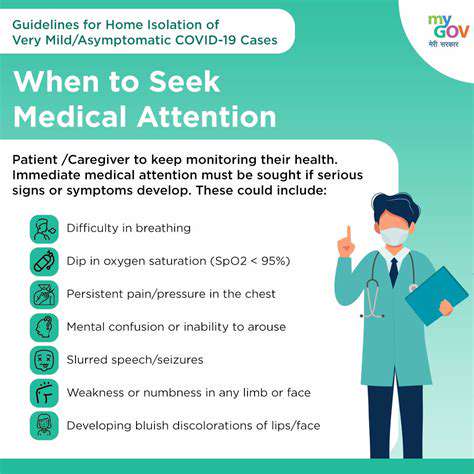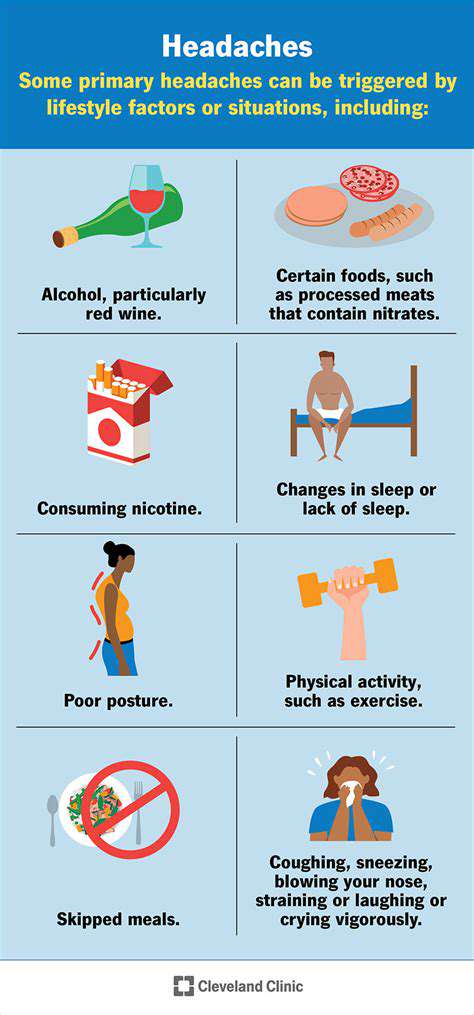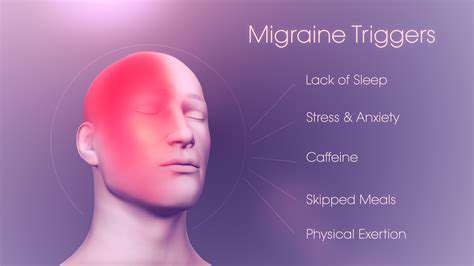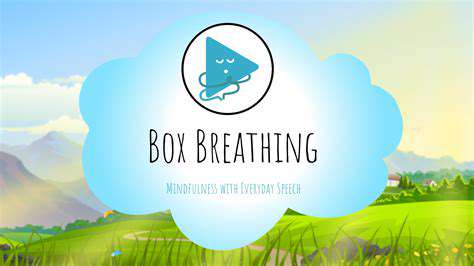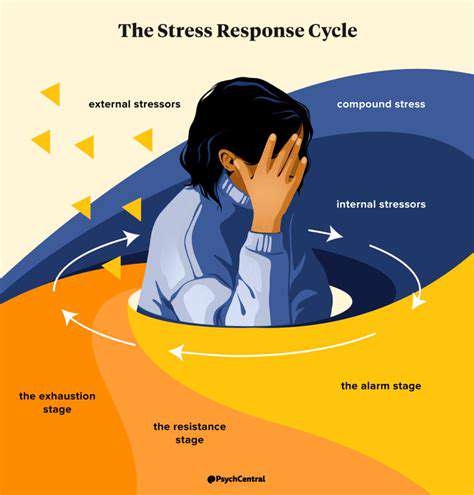Improving Sleep Hygiene: Tips for Better Rest and Fewer Headaches
Establishing a Consistent Sleep Schedule

The Power of Routine in Sleep Health
Maintaining a regular sleep-wake cycle isn't just about discipline - it's about working with your body's natural biological processes. Your circadian rhythm functions like an internal conductor, orchestrating everything from hormone release to cognitive performance. When this rhythm gets disrupted, it's not just your energy levels that suffer; your entire physiology can become misaligned. Many people don't realize that keeping consistent sleep times on weekends matters just as much as weekdays for maintaining this delicate balance.
Transition rituals before bed serve as psychological cues that prepare both mind and body for rest. While warm baths and reading are classic recommendations, what truly matters is finding activities that personally help you decompress. The critical factor isn't the specific activity, but rather establishing a predictable sequence that your brain associates with sleep preparation. Electronic devices aren't just stimulating because of their content - the blue light they emit directly interferes with melatonin production, making quality sleep harder to achieve.
Crafting Your Ideal Sleep Sanctuary
Transforming your bedroom into a sleep-conducive environment requires attention to multiple sensory factors. Darkness matters because even small amounts of light can penetrate closed eyelids and disrupt sleep architecture. Temperature plays a crucial role too - most sleep experts recommend keeping your bedroom between 60-67°F (15-19°C) for optimal sleep conditions. Sound control doesn't necessarily mean complete silence; consistent white noise can actually mask more disruptive intermittent sounds.
When selecting bedding, consider that mattress preferences are highly individual. Side sleepers generally need different support than back or stomach sleepers. Investing in quality sleep surfaces isn't a luxury - it's a long-term investment in your daily functioning and spinal health. Many people overlook pillow replacement, yet experts suggest replacing pillows every 1-2 years as they lose support and accumulate allergens.
Recognizing When Sleep Issues Need Professional Attention
Persistent sleep difficulties often indicate underlying health concerns that go beyond simple insomnia. Conditions like sleep apnea don't just cause fatigue - they can lead to serious cardiovascular strain over time. Restless legs syndrome frequently relates to iron deficiency or other metabolic factors. What many dismiss as just poor sleep might actually be your body signaling important health information.
Modern sleep medicine offers solutions far beyond sleeping pills. Diagnostic tools like sleep studies have become more accessible, and treatment options now include targeted therapies ranging from dental devices to cognitive behavioral techniques. The key is recognizing when self-help strategies aren't sufficient and professional evaluation could make a substantial difference in your quality of life.
Holistic Approaches to Sleep Optimization
Effective sleep hygiene extends beyond bedtime habits. Your daytime behaviors significantly influence your ability to sleep well at night. Caffeine has a half-life of about 5 hours, meaning that afternoon coffee can still affect your sleep hours later. Alcohol, while initially sedating, actually fragments sleep architecture and reduces restorative deep sleep. Even hydration timing matters - drinking too much liquid before bed can lead to disruptive nighttime bathroom trips.
Physical activity benefits sleep, but the timing and intensity make a big difference. Vigorous exercise too close to bedtime can be overstimulating for some people, while gentle yoga or stretching often helps with relaxation. The relationship between exercise and sleep works both ways - better sleep enhances workout recovery and performance, creating a positive cycle of health benefits.




